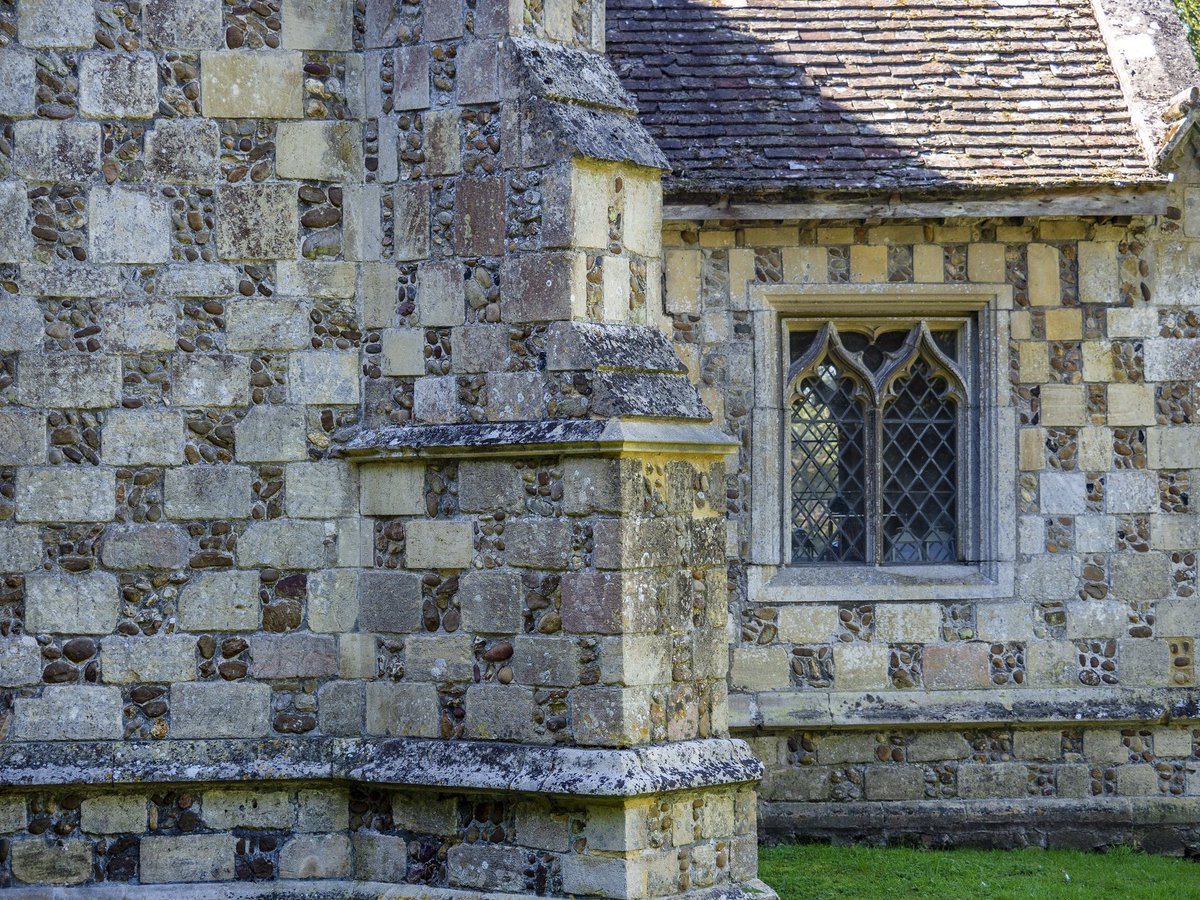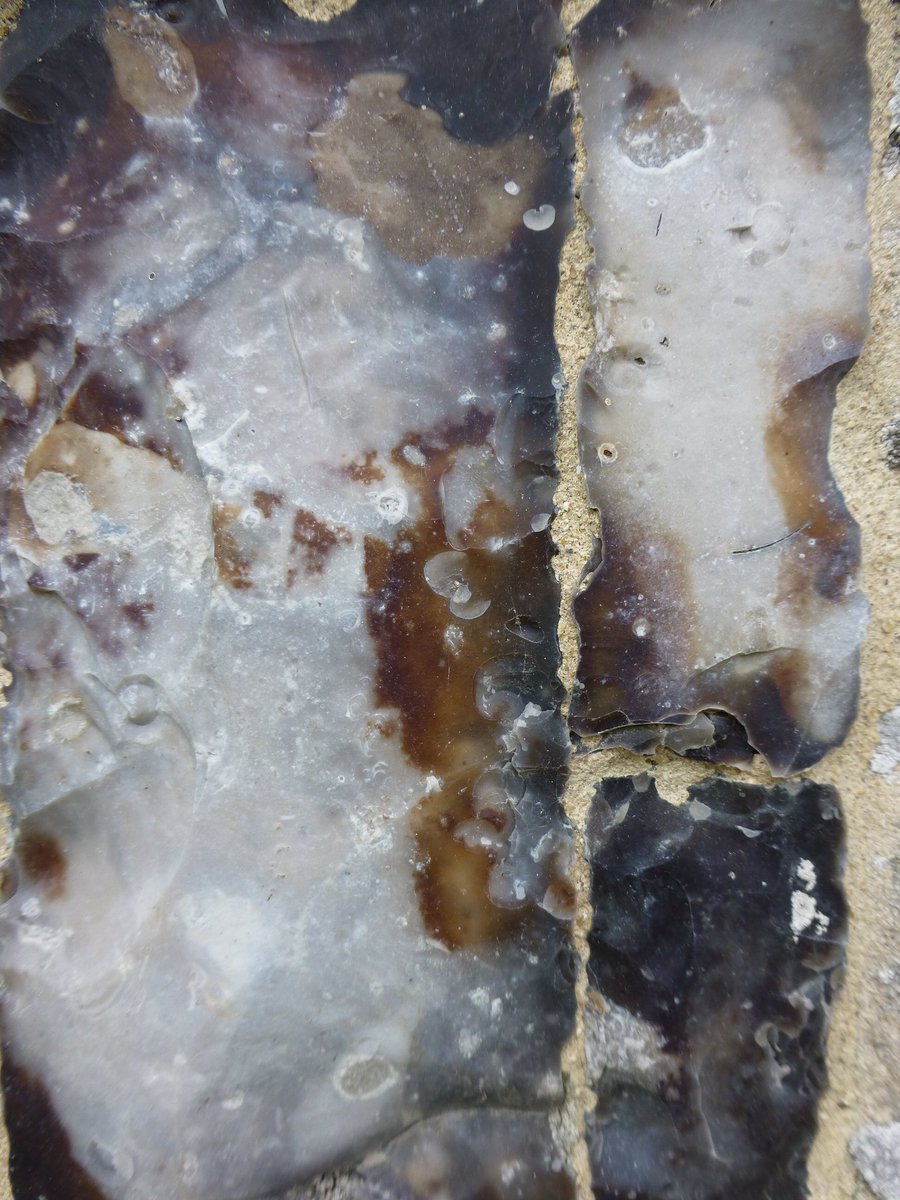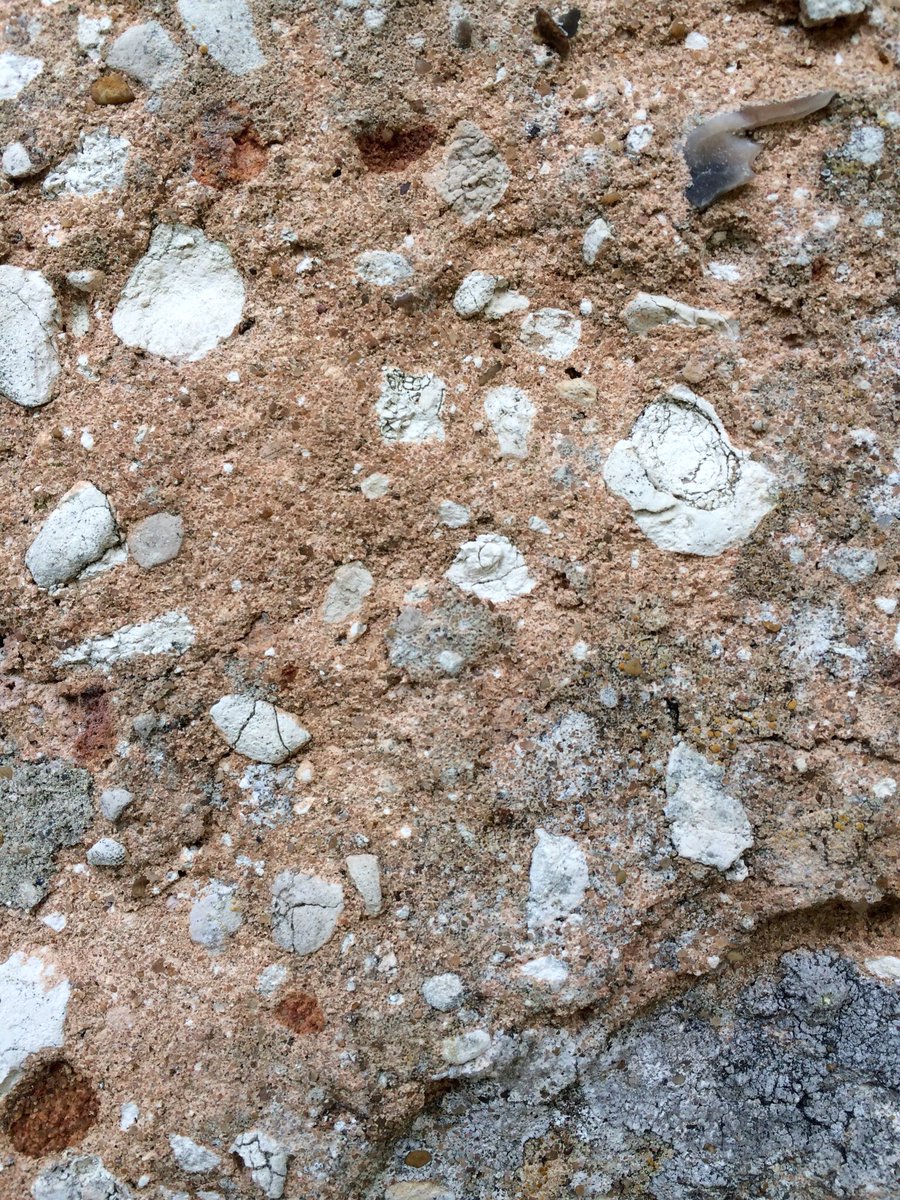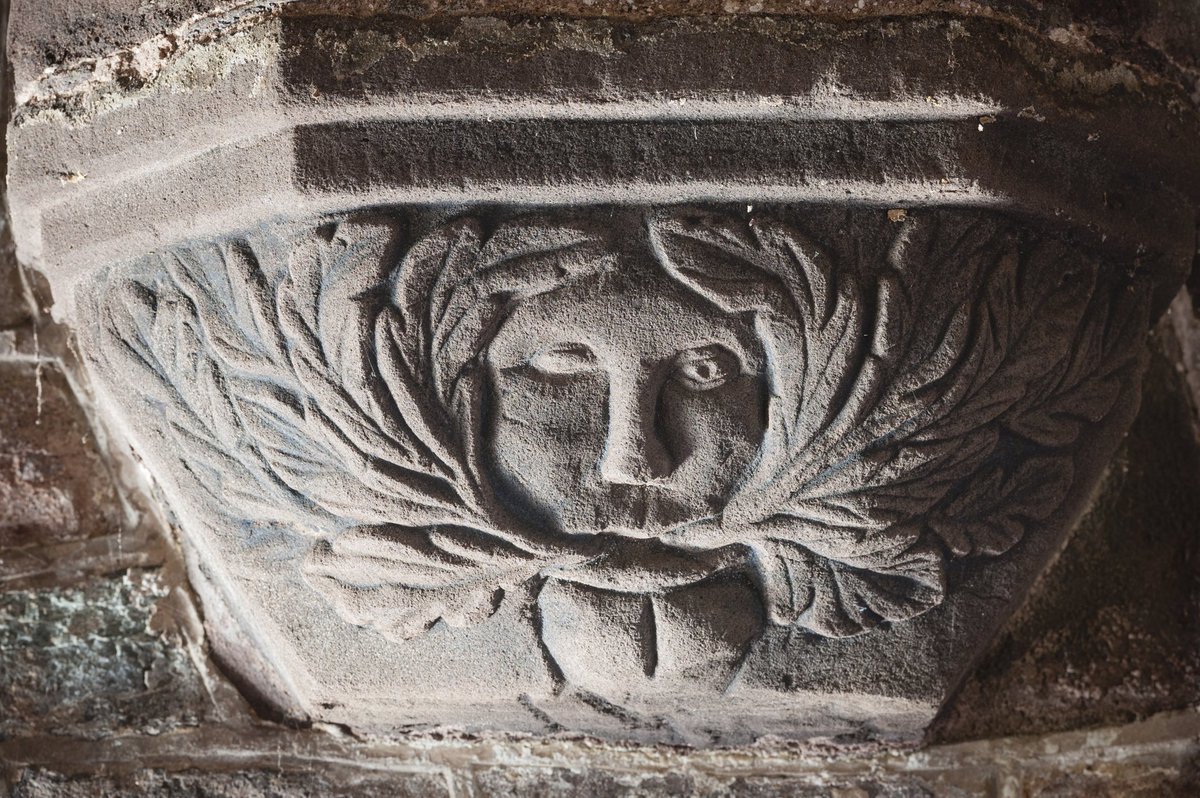
Today, we thought we'd look back at some of our 'big saves'.
First, St Peter’s, Wickham Bishops, Essex. We took it on in the ‘70s, repaired it, found four schemes of hugely important wall-paintings. Now a stained-glass artist works from the nave, and welcomes visitors.
#thread



First, St Peter’s, Wickham Bishops, Essex. We took it on in the ‘70s, repaired it, found four schemes of hugely important wall-paintings. Now a stained-glass artist works from the nave, and welcomes visitors.
#thread




To Caernarfon, to Hen Eglwys Baglan. An ancient church in the shadow of Snowdon and overlooking the Menai Straits. By the 1970s, it had been neglected for years, and was teetering on the edge when we took it on. Now, it is well-used and beloved by people all over the world.
2/



2/




In Sussex, the little chapel at Milland fell into disuse and dereliction in the 1930s. By 1960, it looked like this. In 1974, working with a local group – who are still active today - haul this ancient place back from the brink. And just in the nick of time too.
3/



3/

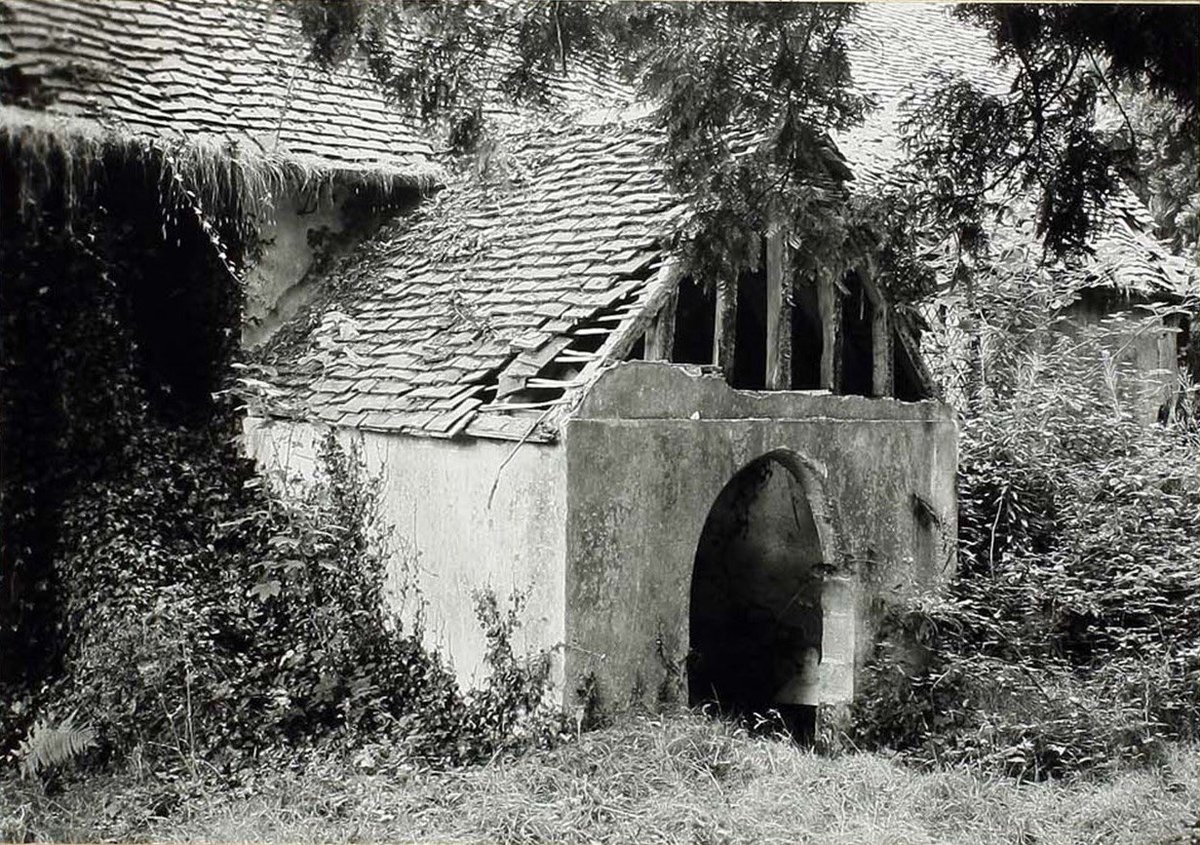


St Oudoceus’s church at Llandawke, Carmarthenshire was built over a stream – you can see the water flowing under the church. It’s an ancient, sacred space. We took it into our care in 2006. It’s now open daily and cared for by locals from nearby Laugharne.
4/



4/




The church at Papworth St Agnes had been stripped for parts when we found it. Bells, stained glass, pews, roof tiles all sold for salvage in anticipation of demolition. Working with a local group, we repaired this church over many years. Now it’s a thriving community centre.
5/

5/


On Anglesey, the roof at Old Llantrisant church had caved in when we came to its rescue. The first record of this church is in 1254, but in the 19th century it fell out of use when a new church was built a mile away. It’s deeply rural, open daily and well worth poking out.
6/



6/




St Denis’s, East Hatley, Cambs was essentially a bush in 2015 … the council repaired the roof, and we took it on in 2017. It’s looking better now, and works are on-going, but there’s a bit of long road ahead.
Luckily, it’s got a great group of Friends helping it along.
7/


Luckily, it’s got a great group of Friends helping it along.
7/



• • •
Missing some Tweet in this thread? You can try to
force a refresh






